Mānuka honey isn’t just your average sweet treat. This golden nectar from New Zealand packs a powerful punch of health benefits that regular honey simply can’t match. Scientists have discovered special compounds in Mānuka honey that give it unique healing properties. Understanding what makes this honey special can help you choose the right product and avoid fakes that flood the market.
1. The Rare New Zealand Treasure
Hidden within New Zealand’s remote landscapes, the Mānuka bush blooms for just 2-6 weeks annually, making its honey truly precious. Bees must work quickly to gather nectar from these white flowers before the short season ends.
Harvesting genuine Mānuka honey requires precise timing and location. Beekeepers place hives in isolated areas where Mānuka bushes dominate the landscape to ensure purity.
The limited production explains why authentic Mānuka honey comes primarily from New Zealand, with some varieties from specific regions of Australia. This geographical exclusivity creates a unique honey that cannot be replicated elsewhere in the world.
2. The Magic of Methylglyoxal (MGO)
Methylglyoxal gives Mānuka honey its superpowers. Unlike regular honey, which contains hydrogen peroxide that breaks down quickly, MGO remains stable even when exposed to heat, light, and body enzymes.
Scientists have discovered that MGO levels directly correlate with antibacterial strength. The compound forms naturally when the bees transform dihydroxyacetone (DHA) from Mānuka nectar into honey through a chemical reaction.
Laboratory testing measures these MGO levels precisely, with numbers like MGO 100+, 400+, or 550+ indicating concentration in parts per million. Higher numbers mean stronger antimicrobial effects, making high-MGO Mānuka honey effective against even some antibiotic-resistant bacteria.
3. Understanding the UMF Rating System
Created by the Unique Mānuka Factor Honey Association, the UMF rating provides a reliable measure of Mānuka honey’s quality and potency. This independent verification tests for three key markers: MGO, DHA, and leptosperin.
The number beside the UMF symbol indicates strength – UMF 5+ offers basic benefits, while UMF 20+ delivers maximum therapeutic potential. Only licensed producers can display this trademark, ensuring accountability and authenticity.
When shopping, remember that UMF 10+ marks the beginning of meaningful medicinal benefits. Below this threshold, you’ll still get delicious honey with some health properties, but not the full spectrum of advantages that make Mānuka honey special.
4. Spotting Counterfeit Mānuka Products
Genuine Mānuka honey production totals only about 1,700 tons annually, yet stores worldwide sell over 10,000 tons of “Mānuka” products. This startling discrepancy reveals a troubling truth: most labeled Mānuka honey isn’t authentic.
Counterfeiters use clever tactics like vague terms such as “active” or mixing small amounts of real Mānuka with regular honey. The price offers a telltale sign – authentic Mānuka typically costs $30-$50 per small jar, reflecting its rarity.
Protect yourself by checking for proper certification from UMF, MGO, or New Zealand’s Ministry for Primary Industries (MPI). Legitimate products provide batch numbers you can verify online, connecting you directly to laboratory test results proving authenticity.
5. Remarkable Health Benefits Backed by Science
Research published in medical journals confirms Mānuka honey’s exceptional healing abilities. Applied to wounds, it creates a moist environment that speeds healing while its antimicrobial properties fight infection – qualities that have led to its use in FDA-approved medical-grade dressings.
For digestive health, Mānuka honey combats H. pylori bacteria associated with stomach ulcers. A spoonful helps soothe sore throats by reducing inflammation and killing bacteria, while also coating irritated tissue for immediate relief.
Dental researchers have found it effective against oral bacteria that cause plaque, potentially reducing cavities and gum disease. These versatile benefits stem from Mānuka’s unique combination of acidity, high sugar concentration, and special compounds not found in regular honey varieties.
6. Preserving Potency: Proper Storage and Use
Temperature sensitivity makes proper handling crucial for Mānuka honey. Exposing it to heat above 104°F (40°C) degrades its beneficial compounds, diminishing therapeutic value. Never add it to boiling tea or use in baking.
Store your Mānuka honey in its original container away from direct sunlight and heat sources. The dark glass jars many brands use help protect against UV damage that can break down active components.
Crystallization is natural and doesn’t indicate spoilage – gently warming the jar in warm (not hot) water restores smooth texture. When used topically on wounds, apply directly or on a sterile dressing. For throat relief, let it dissolve slowly rather than washing it down quickly with liquid.
7. The Premium Price Tag Explained
Sticker shock often accompanies first-time Mānuka honey purchases. A small 8.8 oz jar of UMF 15+ can cost upwards of $40-$70, while similar-sized regular honey might be just $5-$10.
This premium reflects genuine production challenges. Beekeepers must transport hives to remote Mānuka-rich areas, often by helicopter due to inaccessible terrain. Each batch undergoes extensive laboratory testing costing thousands of dollars to verify authenticity and determine potency ratings.
Global demand far exceeds the limited supply from New Zealand’s short flowering season. Additionally, climate factors like drought or excessive rain can dramatically impact annual yields, further driving up costs. When viewed as a medicinal product rather than merely a sweetener, the price becomes more understandable.
8. Traceability: Your Guarantee of Authenticity
Batch tracking represents the gold standard in Mānuka honey verification. Premium producers assign unique codes to each production run, allowing complete traceability from hive to home.
By entering these batch numbers on manufacturer websites, you’ll access detailed reports showing exactly where your honey was harvested, when it was tested, and comprehensive laboratory results confirming MGO levels. Some advanced systems even provide GPS coordinates of the specific apiary location!
This transparency revolution helps combat the counterfeiting problem plaguing the industry. Reputable brands embrace this accountability, while those without traceability systems raise red flags. Before purchasing, check if the product offers this verification method – if not, consider it a warning sign about potential authenticity issues.
9. Choosing the Right Potency for Your Needs
Mānuka honey strength isn’t one-size-fits-all. For daily wellness and immune support, UMF 5-9+ provides gentle benefits at a more accessible price point. This range works perfectly stirred into yogurt or spread on toast as a nutritious breakfast addition.
Middle-range UMF 10-15+ offers significant therapeutic properties for addressing minor wounds, soothing sore throats, or supporting digestive health. This versatile strength balances potency with value for regular users.
Reserve premium UMF 16+ and above for specific health concerns requiring maximum antimicrobial action. While expensive, these medical-grade varieties deliver powerful results for stubborn skin conditions, persistent digestive issues, or compromised immune systems. Match the strength to your specific needs rather than automatically choosing the highest rating.
10. Important Safety Considerations
Powerful as it may be, Mānuka honey isn’t appropriate for everyone. Parents must strictly avoid giving any honey, including Mānuka, to babies under 12 months old due to the risk of infant botulism from naturally occurring bacterial spores that mature digestive systems can handle safely.
People with diabetes should consult healthcare providers before regular consumption. Despite its medicinal properties, Mānuka honey still impacts blood sugar like other sweeteners.
Allergy sufferers might experience reactions, particularly those sensitive to bee products or pollen. Start with a small amount if trying for the first time. When using topically on wounds, discontinue if redness or irritation develops beyond the wound site, as this may indicate an allergic response rather than normal healing inflammation.
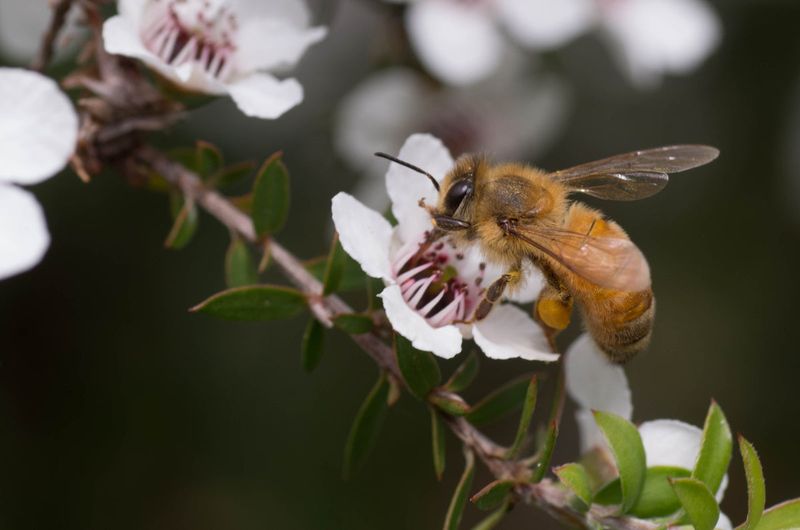

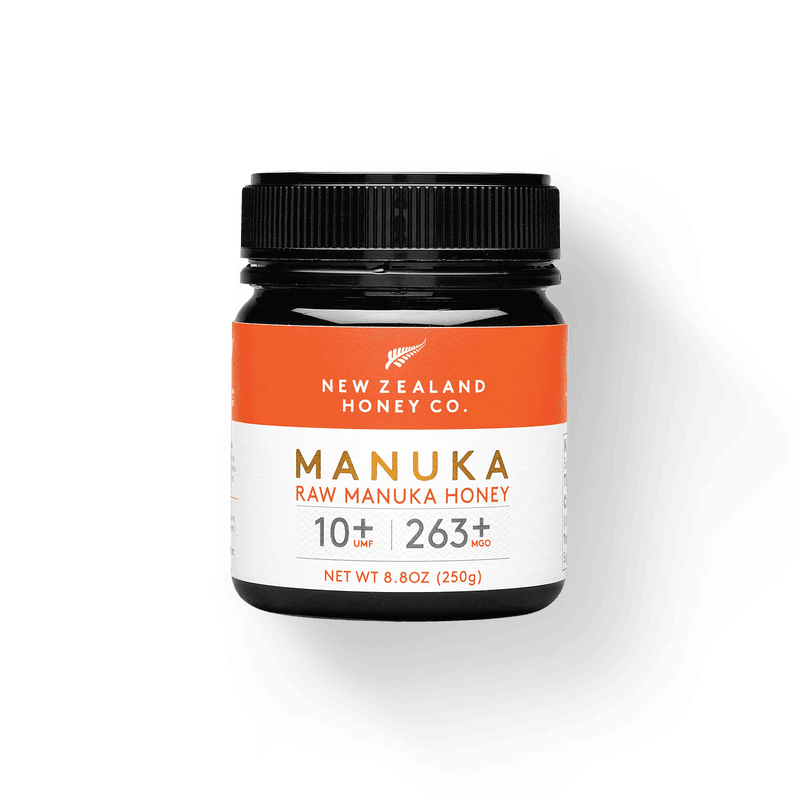
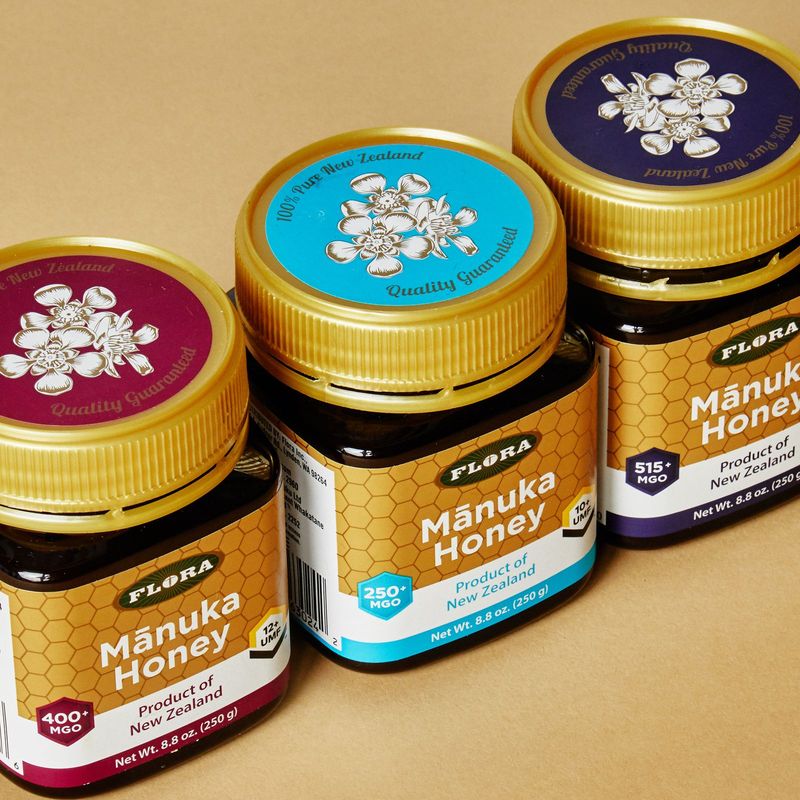
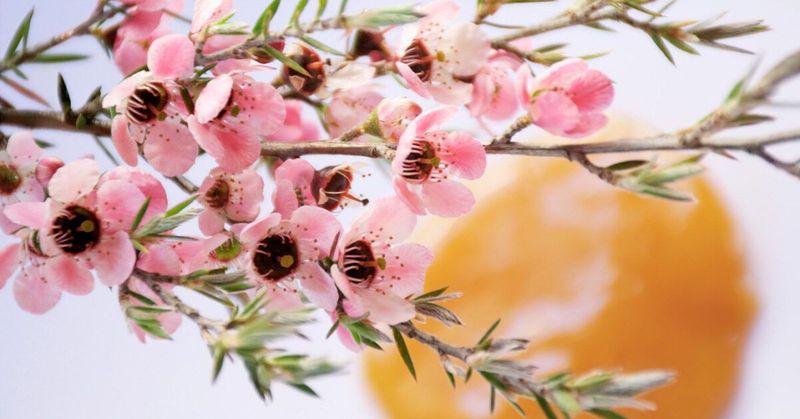
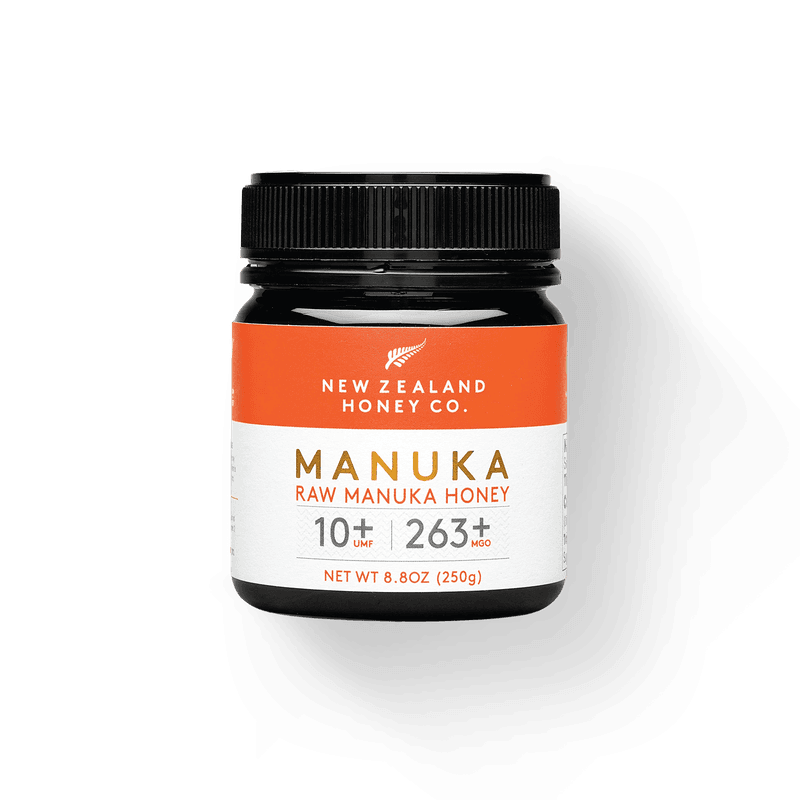
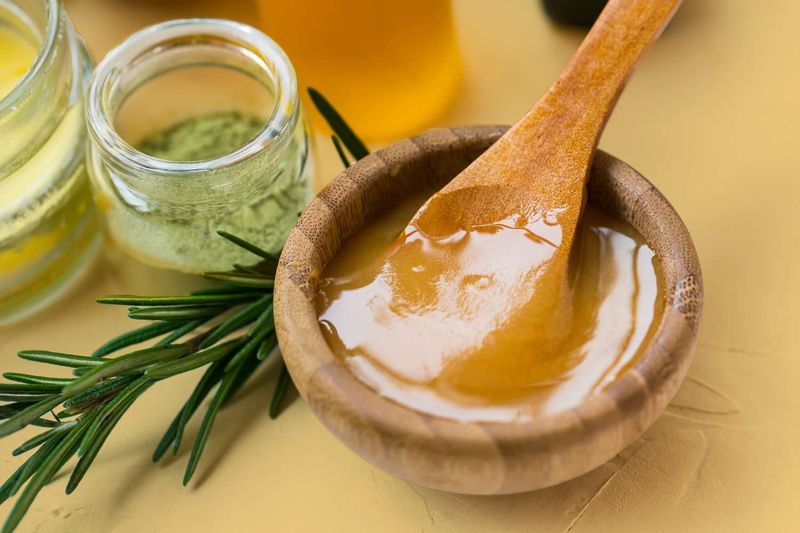
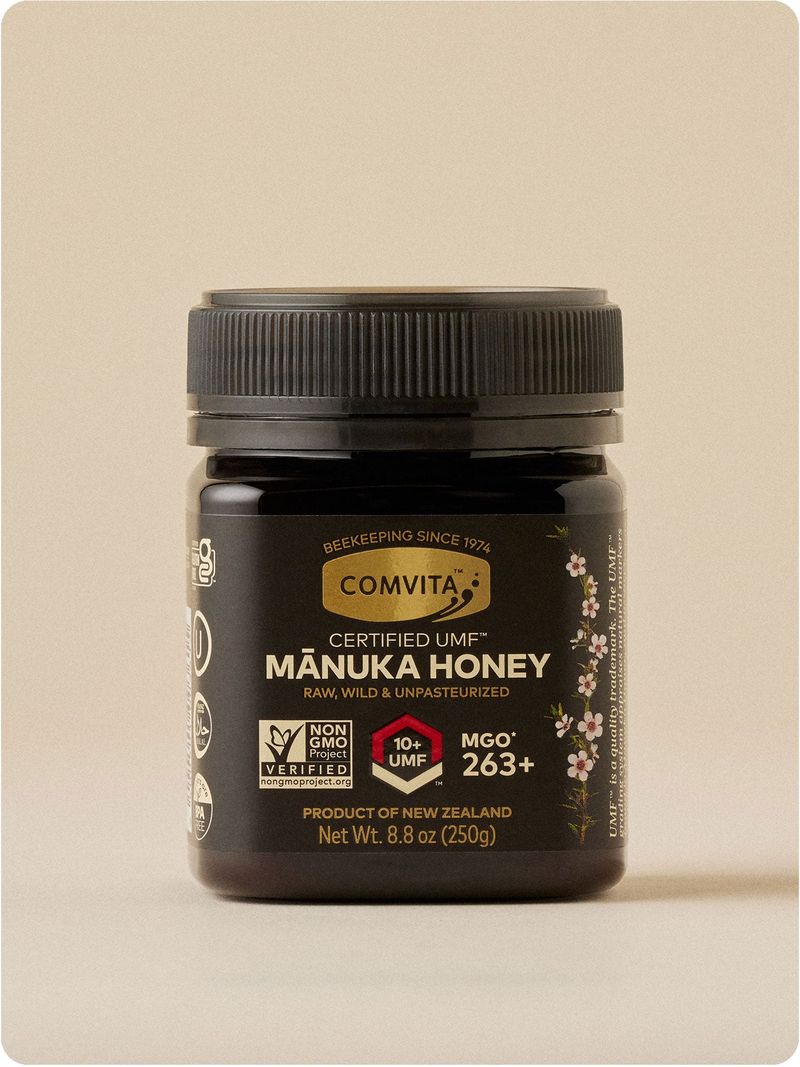
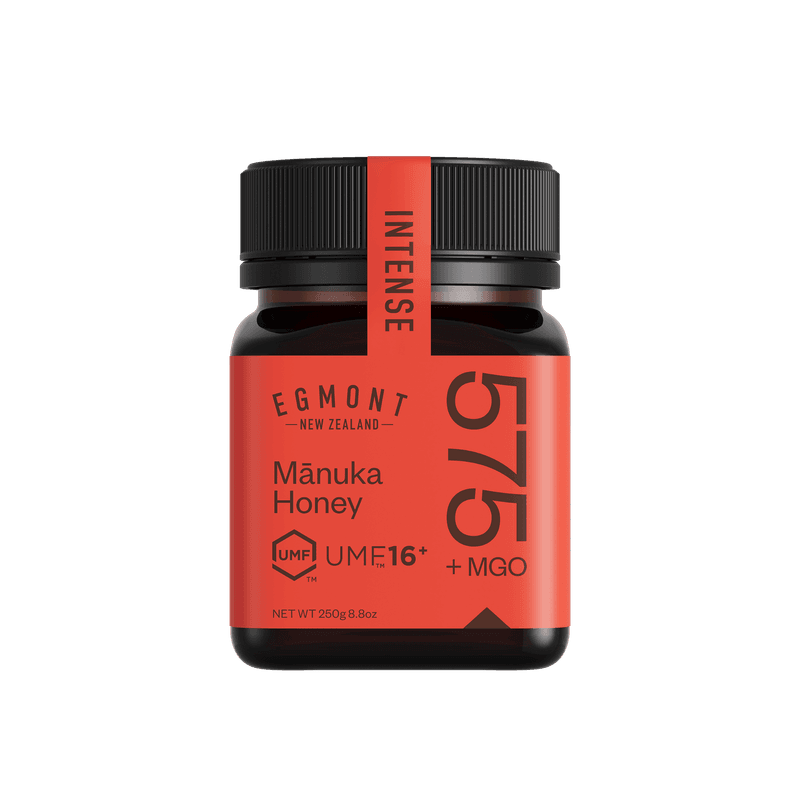
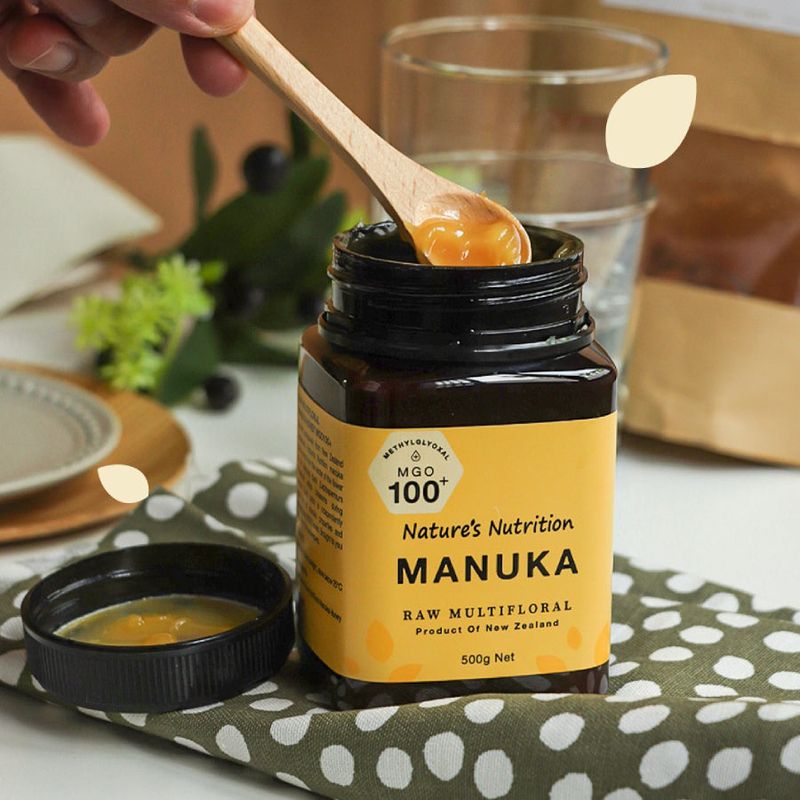
Leave a comment